3.1.2 Lichtenstein operation
This is an open surgical technique where the hernia gap is closed using a synthetic mesh. The surgeon removes a piece of skin, measuring around 5 to 8 cm and running crosswise, from above the inguinal ligament [Fig. 11], exposes the hernial sac via this approach [Fig. 12] and opens it to check the structures contained in it, and if necessary treat it. Next, the abdominal contents are repositioned in the abdominal cavity, the hernial sac is removed and the peritoneum sutured [Fig. 13]. Then the surgeon covers the hernial orifice with a synthetic mesh [Fig. 14], which is then sutured to the inguinal ligament [Fig. 15] and to the oblique lateral abdominal muscle [Fig. 16].
The Lichtenstein operation is used for large hernia openings or in the event of multiple recurrences of inguinal hernias (recurrent hernias). This operation is normally conducted under general anaesthetic, but can also be performed using spinal anaesthesia or local anaesthesia.
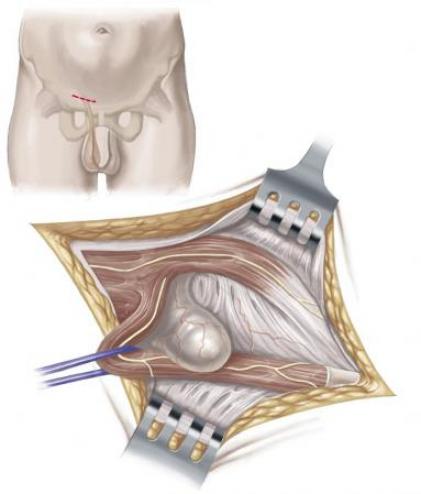
Fig. 11 and 12: Inguinal incision and opening of the hernial sac (Lichtenstein)
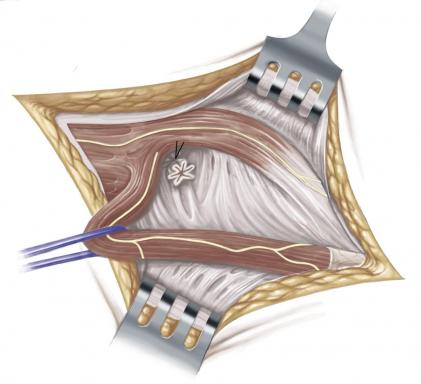
Fig. 13: Suture of the peritoneum (Lichtenstein)
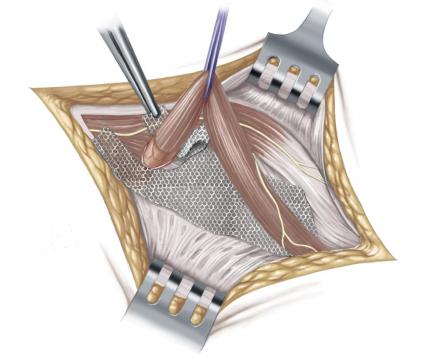
Fig. 14: Covering of the hernial orifice with a synthetic mesh (Lichtenstein)
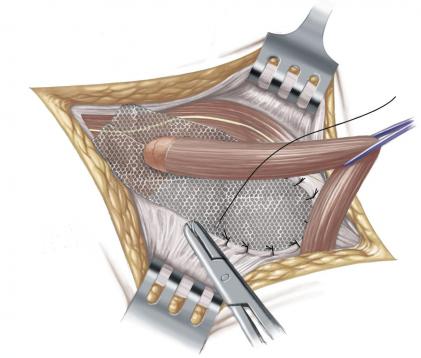
Fig. 15: Suturing of mesh to inguinal ligament (Lichtenstein)
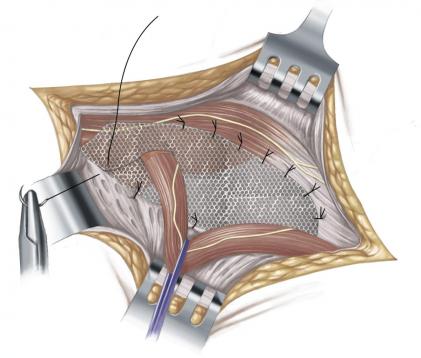
Fig. 16: Suturing of mesh to oblique abdominal muscle (Lichtenstein)
